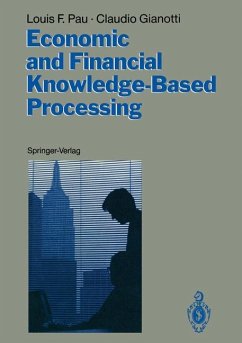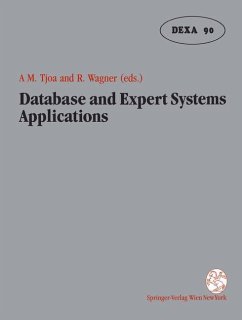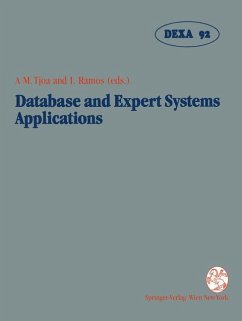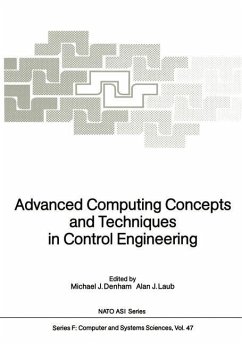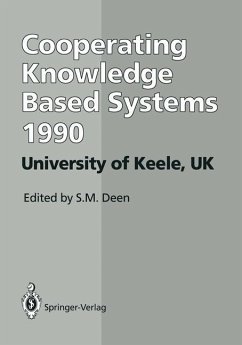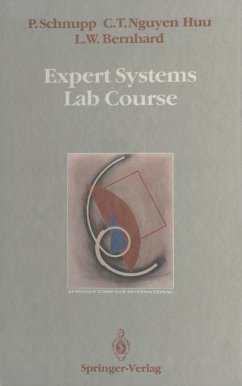
Expert Systems Lab Course

PAYBACK Punkte
20 °P sammeln!
Based on a number of sample systems of varying complexity, this book illustrates the practical aspects of developing expert systems and knowledge-based applications software. The programming language used is Prolog (Clocksin-Mellish standard). The examples deal with such topics as techniques for heuristic optimization, the implementation of "frames", the construction of explanatory components, etc. The complete, functional code for the sample systems is provided in the appendix and can be used as a basis for further development. This book is not only suitable for self-study, seminars or lectur...
Based on a number of sample systems of varying complexity, this book illustrates the practical aspects of developing expert systems and knowledge-based applications software. The programming language used is Prolog (Clocksin-Mellish standard). The examples deal with such topics as techniques for heuristic optimization, the implementation of "frames", the construction of explanatory components, etc. The complete, functional code for the sample systems is provided in the appendix and can be used as a basis for further development. This book is not only suitable for self-study, seminars or lectures, but also as a valuable reference and guide for software developers in both commercial and academic environments.



